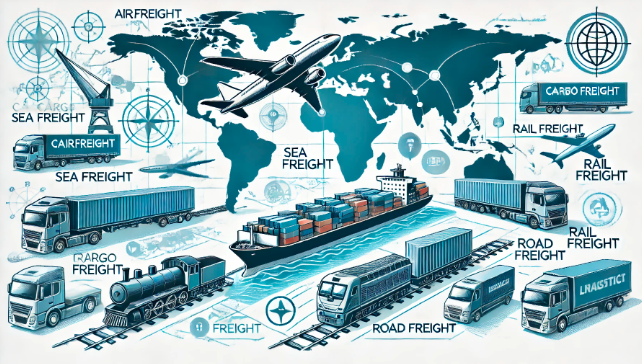The Impact of Global Trade Policies on Sports Vehicle Transport

Global trade policies significantly influence the import and export of sports vehicles, affecting manufacturers, consumers, and economies worldwide. Here we discuss how these policies shape the sports vehicle transport sector, including tariffs, regulations, environmental considerations, and international agreements.
Tariffs and Taxes: Cost Implications for Manufacturers and Consumers
Tariffs are a pivotal aspect of global trade policies that profoundly impact the sports vehicle industry. Countries often impose tariffs on imported vehicles to protect domestic manufacturers from foreign competition. For instance, the U.S. has historically imposed a 2.5% tariff on imported cars, but sports vehicles and luxury models can face higher rates depending on their price or engine size. These tariffs can significantly increase the cost of sports vehicles, making them less accessible to consumers and potentially reducing overall sales volumes.
In retaliation or as part of trade negotiations, other countries may impose similar tariffs on exported U.S. sports vehicles. This tit-for-tat escalates costs on both sides, complicating the market for manufacturers who rely on global supply chains and markets for their high-end products. For example, China raised tariffs on U.S. car imports to 40% in 2018 amidst trade tensions, though it was later reduced. Such fluctuations create uncertainty, affecting long-term business strategies and pricing structures.
Read also: The Ultimate Guide to Sports Posters for Sale
Regulatory Compliance: Navigating Through International Standards
Sports vehicles are not only subject to tariffs but also to stringent regulatory standards that vary by country. These regulations often encompass safety, emissions, and vehicle specifications. Compliance with diverse international standards can be costly and complex, requiring manufacturers to modify their vehicles to meet specific market requirements.
For instance, the European Union has strict emission standards that sports vehicles must meet to be sold within its member states. These standards are part of the EU’s broader environmental policies aimed at reducing pollution and promoting sustainability. Failure to comply with such regulations can result in hefty fines or restrictions on sales, motivating manufacturers to invest in cleaner, more advanced technologies.
Environmental Policies: Steering Towards Sustainability
Environmental considerations are increasingly at the forefront of global trade policies, especially as climate change concerns escalate. Countries and regions are implementing stricter emissions standards and incentivizing the production and import of electric and hybrid vehicles. For the sports vehicle sector, this shift poses both challenges and opportunities.
Traditional sports cars are known for their high-performance gasoline engines, which are often less fuel-efficient and more polluting than standard vehicles. However, there is a growing trend towards incorporating hybrid and electric technology to reduce environmental impact. For example, manufacturers like Porsche and Ferrari are developing hybrid models that comply with global environmental standards while still providing the high performance expected from a sports vehicle.
International Trade Agreements: Facilitating or Restricting Trade?
International trade agreements can either facilitate or restrict the transport of sports vehicles across borders. Agreements such as the United States-Mexico-Canada Agreement (USMCA) aim to reduce trade barriers and simplify export and import processes among the signatory countries. These agreements can be beneficial for sports vehicle manufacturers by reducing tariffs and aligning regulatory standards, thereby creating a more predictable and stable trading environment.
However, not all trade agreements lead to freer trade. In some cases, they might include provisions that protect domestic industries by imposing non-tariff barriers, such as quotas or stringent regulatory requirements. These measures can restrict market access for foreign sports vehicles, limiting consumer choices and potentially driving up prices.
For more detailed information and services regarding sports vehicle transportation, you can explore options through a vehicle shipping company.
Conclusion: Navigating a Complex Landscape
The transport of sports vehicles across international borders is a complex process influenced by a myriad of global trade policies. Manufacturers must navigate a landscape of tariffs, regulatory standards, environmental policies, and international agreements. These elements can either pose challenges or provide opportunities, depending on the geopolitical and economic context.
As global dynamics evolve, so too will the impact of these policies on the sports vehicle transport sector. Manufacturers and stakeholders must stay informed and agile, adapting to new regulations and market conditions to remain competitive in a rapidly changing global market. Whether these changes will ultimately benefit or hinder the global sports vehicle market remains to be seen, but what is certain is that the intersection of trade policies and vehicle transport will continue to be an area of significant interest and importance.





